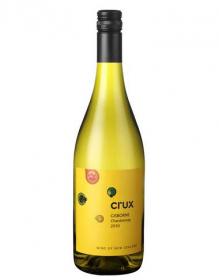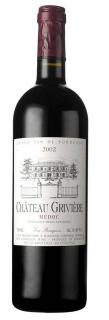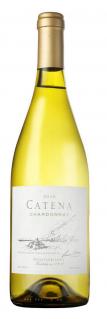Enter The Dragon 1 – Making Wine in China
POSTED ON 17/12/2011Eyebrows were raised heavenwards this autumn when the trophy for a Bordeaux blend over £10 was snatched by a Chinese red from beneath the out-of-joint noses of Argentina, Australia and California. Sneering journalists questioned the integrity of the Decanter World Wine Awards. Then they queried the authenticity of the wine itself. How could China possibly make a wine capable of taking on and beating the world? D Loh commented in the China Daily: ‘If the wine is good, connoisseurs query if it has been secretly imported and then placed in a Chinese bottle’.
The wine in question, the 2009 Jia Bei Lan from Helan Qingxue winery, is made by Li De Mei, who trained in Bordeaux, doing an internship there at Château Palmer. It’s produced in Ningxia province in Northern China, where the extreme climate is marked by hot dry summers and bitterly cold winters. According to Fongyee Walker, a Chinese wine consultant, ‘Li De Mei is a very serious guy – and believes wholeheartedly in the potential of Chinese wine. I was impressed with Helan Qingxue but almost didn’t believe that it was Chinese as well!’.
Although few gave a second thought to China as a winemaking country until this ground-breaking event, it’s nonetheless among the top five growers of grapevines in the world. According to Li De Mei himself, there are currently 904 wineries in China, more than half of them in Shandong, where the maritime climate is relatively mild. Between them, they produce 10.9 million hectolitres of wine. An additional three million hectolitres is imported, roughly half of which legitimately finds its way into bottles labelled Chinese wine.
It’s taken a decade for a China’s young wine industry to reach adolescence. This is in part because the Chinese farming industry focuses on quantity. Whoever satisfies the growing thirst for Chinese wine in a price and status-conscious market, wins. There are other handicaps. Weather conditions are largely inauspicious. Heavy irrigation and overuse of pesticides take their toll. According to Emma Gao of Silver Heights, many vineyards have been planted in the wrong areas.
Until lately, quality hasn’t troubled the wine industry. But serious wineries like Helan, Grace Vineyards and Silver Heights are involved in changing the way Chinese wine is viewed. Eyeing up the opportunities, foreign companies are piling in rather as they did in Argentina in the late 1980s. Among them are Pernod-Ricard, Moët et Chandon, Château Lafite (with CITIC in Shandong), Lenz Moser, Norton and Torres, The latest rumour doing the rounds is that Château Cheval Blanc and Château d'Yquem are nosing around.
Traditionally, 19 in 20 bottles consumed in China were produced domestically, but the quantity of wine imports has risen dramatically and now accounts for a quarter of the market. The Chinese are even buying up châteaux in Bordeaux. The Chinese jewelry company Tesiro bought Château Laulan Ducos, for instance, and Cofco, which owns China’s Great Wall (the wine, that is) bought Château de Viaud in the Lalande de Pomerol district.
China is as new to wine-drinking culture as it is to winemaking, so the global wine industry is anxiously eyeing up this vast and diverse country as the key export market of the future. With a population approaching 1.4 billion people, speaking 100 dialects in 34 country-size provinces, eating the most diverse cuisine in the world, why not? Next week, we look at China’s burgeoning market and what it means for consumers and producers.
 2010 Crux Gisborne Chardonnay
2010 Crux Gisborne Chardonnay
Something for the Weekend
Under £6
Ok not a £9.99 wine admittedly, but it’s fresh and aromatic with melony undertones and a touch of honey on the aftertaste, a sort of mini-Mâcon in New Zealand with extra maritime zing. £4.99, down from £9.99, Morrisons, until 1 January.
 2002 Château Grivière, Médoc, Cru Bourgeois
2002 Château Grivière, Médoc, Cru Bourgeois
Under a Tenner
At its peak now, showing undertones of vanilla with a juicy blackcurrant fruit quality tinged with liquorice spicy undertones and finishing mellow and dry. Traditional mature claret, none the worse for it. £11.99 or buy 2 = £8, Majestic.
Splash Out
Rich buttered fudge fruit flavours with concentration and richness cut by trenchant fresh acidity, an intensely flavoured Andean chardonnay with a restrained, nutty element and judiciously handled oak. Fresher, drier and fruitier than the oaky style of yore. £11.99, Waitrose
 2010 Catena Chardonnay, Mendoza, Argentina
2010 Catena Chardonnay, Mendoza, Argentina

